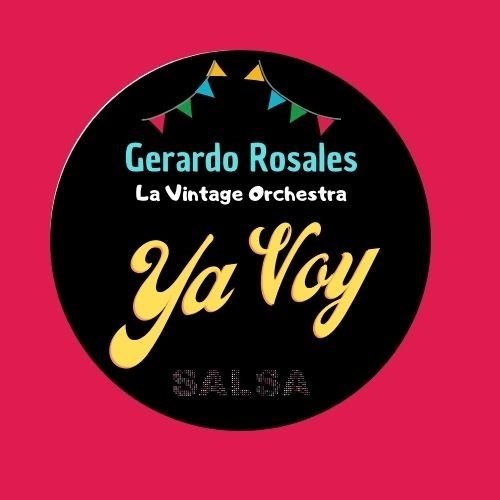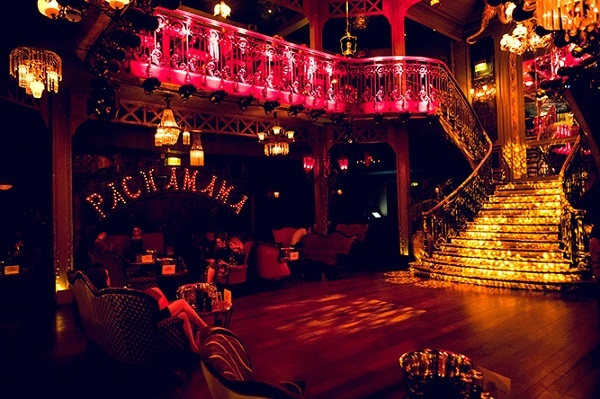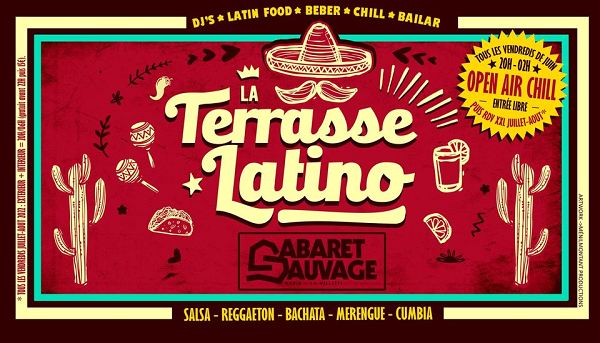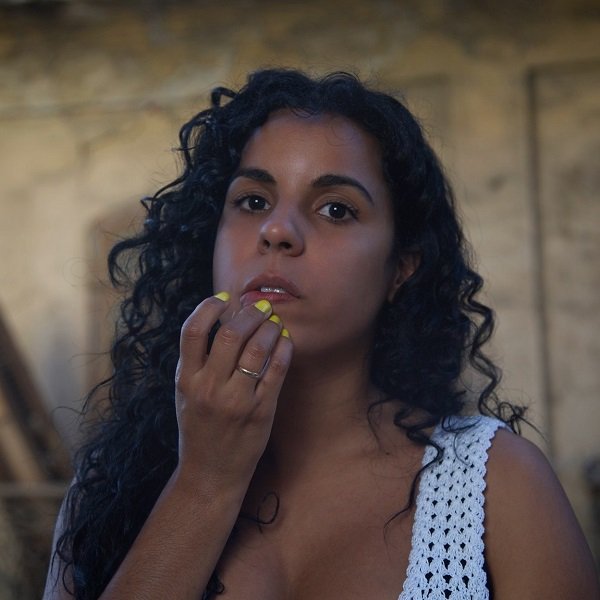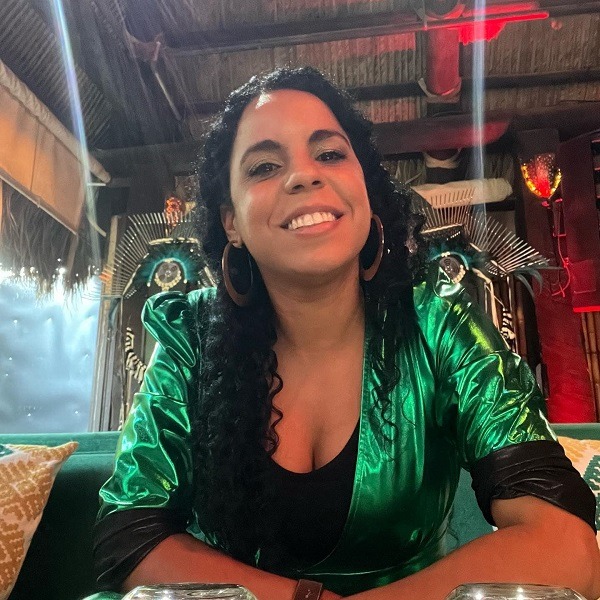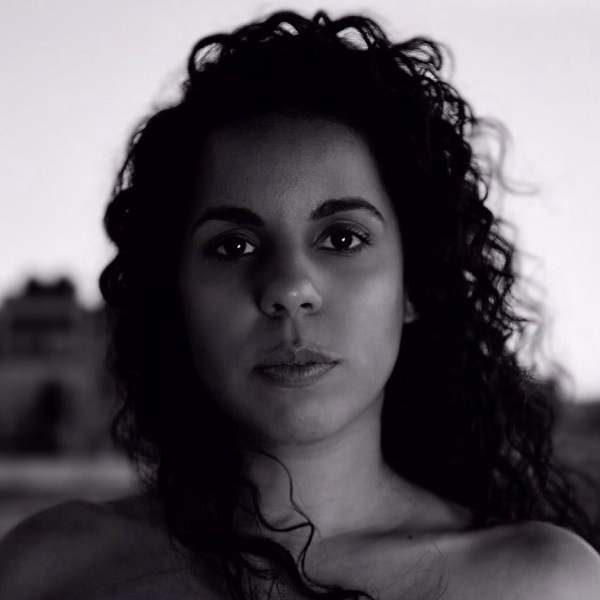Gerardo Rosales was born in Caracas Venezuela on July 6, 1964. At the beginning of his musical career he was a percussionist for important figures of his country.
He has been living in Europe since 1992, and has taken up residence in Holland, a country that has served as a base for him to project his music around the world.
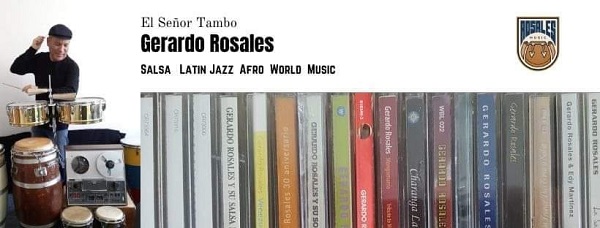
He has recorded 20 albums under his own name and more than 70 productions with other artists.
Gerardo Rosales’ specialty is creating musical projects in the styles of salsa and Latin jazz.
Gerardo Rosales is the creator and producer of El Combo Mundial, Venezuela Masters, Charanga La Crisis, Our Latin Groove, La Gran Charanga, Son del Sofá, Rítmico y Pianístico, Cachao Sounds and many more.
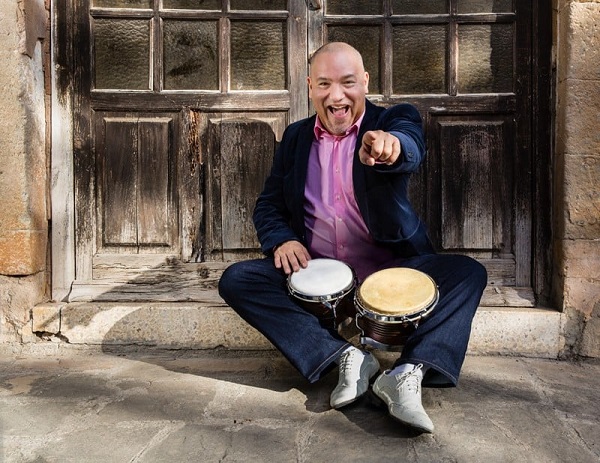
In his beginnings in his country Venezuela he performed with: Orquesta Café, Orlando Poleo, José Rosario, Canelita, Soledad Bravo, Adrenalina Caribe, Ilan Chester, Cecilia Todd, Víctor Cuica, Alberto Naranjo, El Trabuco Venezolano, Joe Ruiz, Tabaco, Los Satélites, Nancy Ramos, Wilmer Lozano,Watussi, Trina Medina etc.
In Europe he has performed with: The Rosenberg Trio, Saskia Laroo, Hans Dulfer, Benjamin Herman, Peter Beets, Tango Extremo, Drums United, Nueva Manteca, New Cool Collective, Fra Fra Sound, Denisse Jannah, Laura Fygi, Izaline Calister, Metropole Orchestra, Holanda Big Band, Cubop City Big Band, Lilian Vieira, Rolf Sanchez, ChaChaChalina y Maite Hontelé etc.
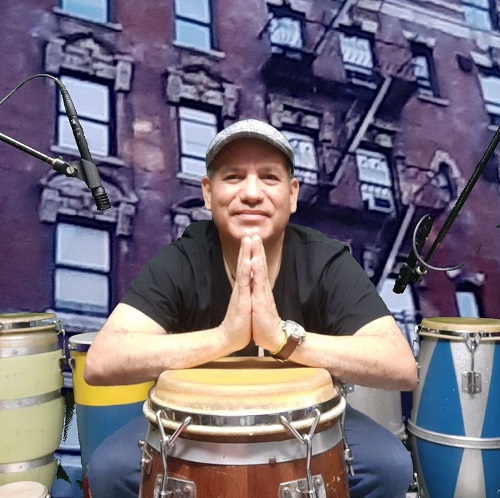
Gerardo Rosales has accompanied on tours, recordings and performances in Europe artists such as Dee Dee Bridgewater, Benny Bailey, Paquito D Rivera, Bebo Valdés, Toots Thielemans, Jimmy Bosch, Juan Pablo Torres, Herman Olivera, Oscar D León, José Alberto El Canario “, Andy Montañéz, Meñique, Edy Martínez, Carlos” Patato “Valdés, Conexión Latina, Orlando Valle” Maraca “, Alfredo Rodríguez, Armando Peraza, Luisito Quintero, Ramón Valle, Larry Harlow, Adalberto Santiago, Frankie Vázquez, Oscar Hernandez, Africando, Chamaco Rivera, Luisito Carrion, Jorge Herrera, Edgar Dolor, Dorance Lorza, Luisito Rosario, Watussi, David Cada, and Tito Allen, etc.
The Records of Gerardo Rosales:
2016 Gerardo Rosales “Salsa Vintage” (Download – CD – LP)
2014 Gerardo Rosales “Son Del Sofa” (Single) ITunes
2013 Gerardo Rosales “Síguelo” (CD).
2011 Gerardo Rosales “Chano Pozo’s Music” (CD).
2011 Gerardo Rosales “30 Aniversario” (CD).
2010 Cachao Sounds “La Descarga Continúa” (CD).
2010 Gerardo Rosales “Buscando Chamba” (CD).
2009 Venezuelan Masters Orchestra “Toros y Salsa” (CD).
2008 Gerardo Rosales “Salsa Mundial” (CD).
2007 Our Latin Groove “Bringin’ it All On Back” (CD).
2005 Gerardo Rosales “Mongomanía” (CD).
2005 Charanga La Crisis “Salsa Antigua” (CD).
2004 Gerardo Rosales “Tribute to Fania” (CD).
2001 Gerardo Rosales “La Salsa es mi Vida” (CD).
2001 Gerardo Rosales & Edy Martínez “Rítmico y Pianístico” (CD).
1999 Gerardo Rosales “El Venezolano” (CD).
1998 Gerardo Rosales “Señor Tambó” (CD).
1996 Gerardo Rosales “Venezuela Sonora” (CD).
1992 Gerardo Rosales “Salsa Pa’lante de Venezuela” (CD).
1991 Gerardo Rosales “Salsa Pa’Lante de Venezuela” (33 RPM Vinyl).
Algunos discos grabados por Gerardo Rosales con otros Artista:
Orquesta Cafe “Criollisima” 1987 (Fama) Venezuela ( Salsa )
Joe Ruiz – Javier Plaza – Jose Torres – Gerardo Rosales
Bebo Valdes “Rides Again” 1994 ( Messidor) Germany ( Latin Jazz )
Paquito D Rivera – Patato Valdes – Amadito Valdes – Gerardo Rosales
Conexion Latina – “La Conexion” 1996 (Enja) Germany ( Salsa )
Rudi Fuesers – Leslie Lopez- Anthony Martinez – Nicky Marrero – Gerardo Rosales
David Rohschild “Looking Up” 1997 (Via) The Netherlands ( Salsa )
Adalberto Santiago – Banjamin Herman – Gerardo Rosales
Leslie Lopez “Bomba Moderna” 1999 (Buitenkunst) The Netherlands (Latin Jazz)
Ramon Valle – Joe Rivera – Nils Fischer – Gerardo Rosales
The Rosemberg Trio “Suenos Gitanos” 2001 (Polydor) The Netherlands ( Latin )
Toots Thielemans – Leonardo Amuedo – Gerardo Rosales
Ronal Snijders “Bijlmerjazz 2004 (Independent) The Netherlands (Jazz)
Randal Corsen – Jesse van Ruller – Gerardo Rosales
Cubop City Big Band “Arsenio 2004 (Tam Tam) 2004 The Netherlands (Cuban)
Lucas van Merwijjk – Edy Martinez – Nelson Gonzalez – Gerardo Rosales
Drums United “World of Rhythm” 2006 (Tam Tam) 2004 The Netherlands (World Music)
Lucas van Merwijk – Nils Fischer – Aly N ‘ Diaye Rose – Gerardo Rosales
Samba Salad – Metropol Orkest “Live Vredenburg” 2006 The Netherlands (World Music)
Herman Link – Dick Bakker – Maurice Luttikhuis – Rita Iny – Gerardo Rosales
Aquilez Baez “ La Patilla” 2007 (Cacao) Venezuela (Latin Jazz)
Anat Cochen – Huascar Barradas – Diego Alvarez – Gerardo Rosales
Maria Catharina “Obsecion” 2010 (Independent) The Netherlands (Jazz)
Adinda Meertins – Thomas Bottcher – Marc Bischoff – Gerardo Rosales
Masalsa “Resurreccion” 2012 (Independent) The Netherlands (Salsa)
Soeshiel Sharma – Ray de La Paz – Marcos Bermudez – Gerardo Rosales
Izaline Calister “Kandela” 2012 (Coast to Coast) The Netherlands (Latin)
Yumarya – Vernon Chatlein – Larc Alban Lotz – Gerardo Rosales
Africando “Viva Africando” 2013 (Sterms Music) France (Salsa)
Boncana Maiga – Oscar Hernandez – Doug Beavers – Luisito Quintero – Gerardo Rosales
Mezcolanza “Headbanger” 2015 (O.A.P Records) The Netherlands (Jazz)
Peter Wenk – Chistof May – David Barker – Mick Paauwe – Gerardo Rosales
Tango Extremo “ Havana” 2015 (JWA) The Netherlands (Latin)
Ben van den Dungen – Rob van Kreeveld – Tanya Schaap – Gerardo Rosales
Orquesta La Potente “ Potente “ 2018 (Independent) Colombia (Salsa)
Coco Ramirez – Guarnizo – Gerardo Rosales
Barry Hay & JB Meijers (Universal Music Group) 2019 The Netherlands ( Pop)
Barry Hay – JB Meijers – Gerardo Rosales
Estrella Acosta “Noche Cubana” 2020 (Independent) ( Cuban) Grammy Nominated
Carlitos Irarragorri – Pedro Luis Pardo – Gerardo Rosales
ChaChaChalina “Mira Antes de Saltar” 2021 (Independent) (Salsa)
Chalina Smit – Dani Brands – Gerardo Rosales
Actuaciones realizadas por Gerardo Rosales en diversos lugares del mundo:
Concerts & Events of Gerardo Rosales:
Poliedro de Caracas: Caracas – Venezuela
Centro Cultural BOD: Caracas – Venezuela
Feria de Cali: Cali -Colombia
North Sea Jazz: Rotterdam – The Netherlands
Toros y Salsa: Dax – France
SOBS: New York – USA
Club Babalu: New York – USA
Expo Sevilla 1992 : Sevilla – España
Festival Latinoamericando: Milano-Italia
Accessible Art Festival: Turquia – Mersin
Bimhuis: Amsterdam – The Netherlands
Melkweg: Amsterdam – The Netherlands
Concertgebouw: Amsterdam – The Netherlands
Paradiso: Amsterdam – The Netherlands
Oosterpoort: Groningen – The Netherlands
Glastonbury Festival: Glastonbury – England
Tabarka Jazz Festival: Tunesia
Music Haal: Berlin – Germany
Las Leyendas Vivas de la Salsa: Medellin – Colombia
Exit Festival: Serbia
La Topa Tolondra: Cali – Colombia
Punto Bare: Cali – Colombia
Cafe Libro: Bogota – Colombia
Bird: Rotterdam – The Netherlands
De Doelen: Rotterdam – The Netherlands
Paard van Troje: Den Haag – The Netherlands
Amazonico:Emiratos Arabes-Dubai
